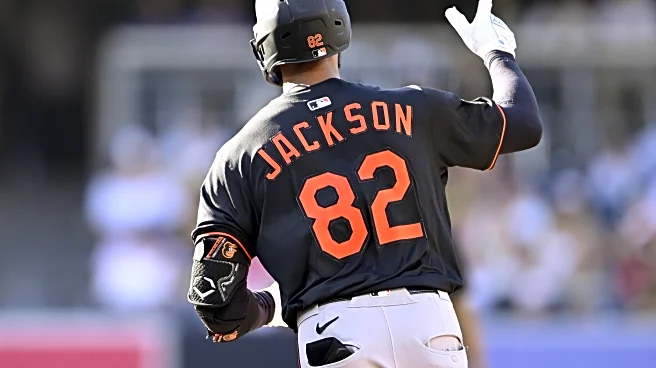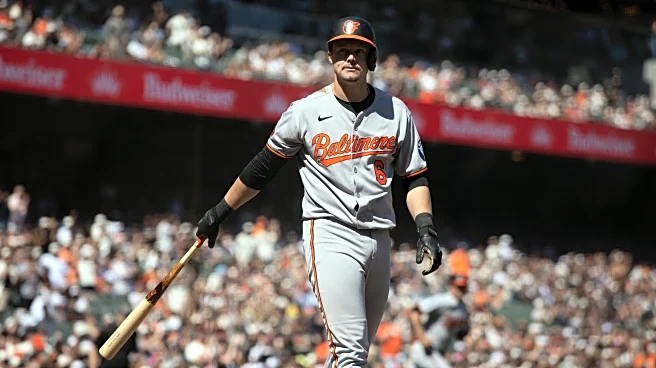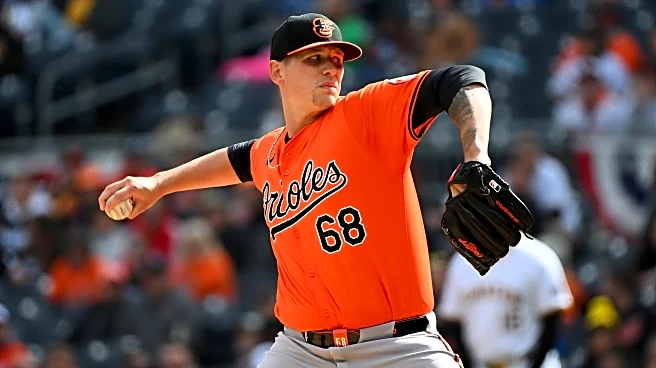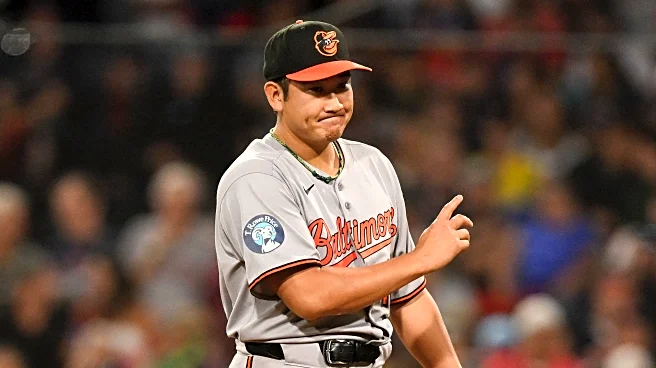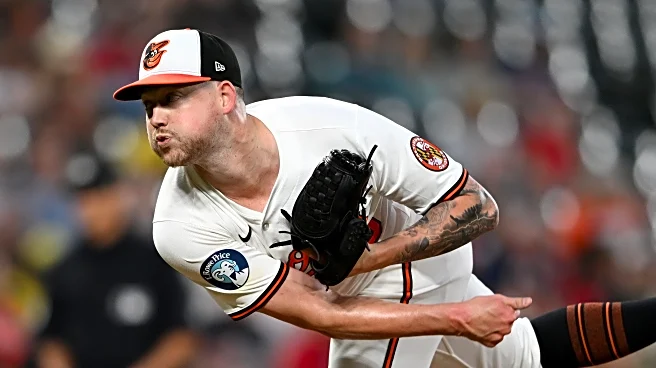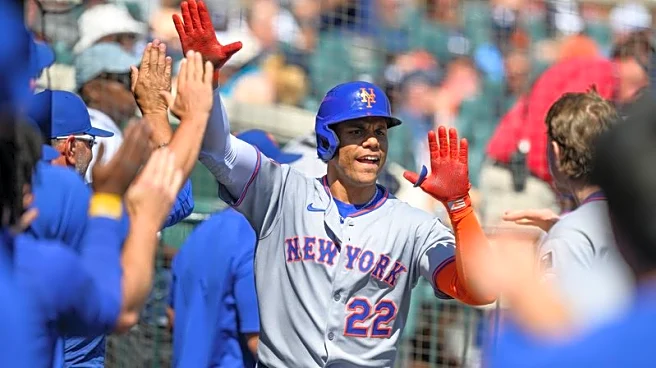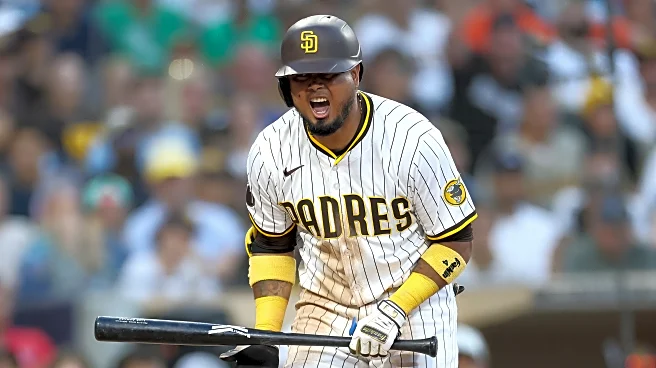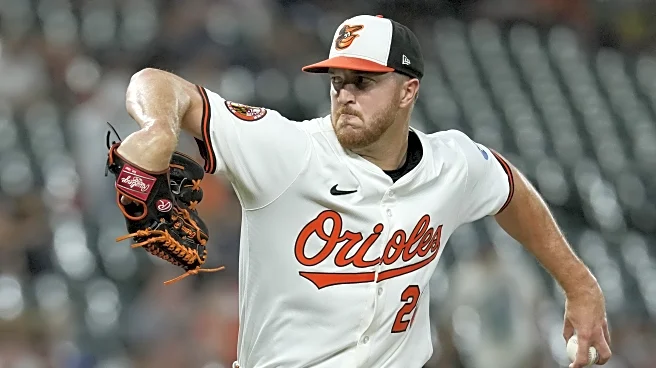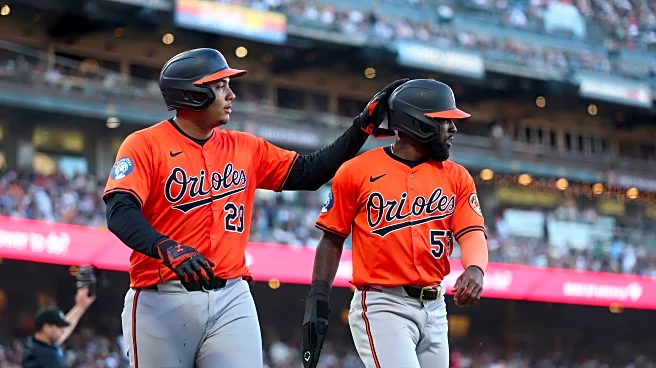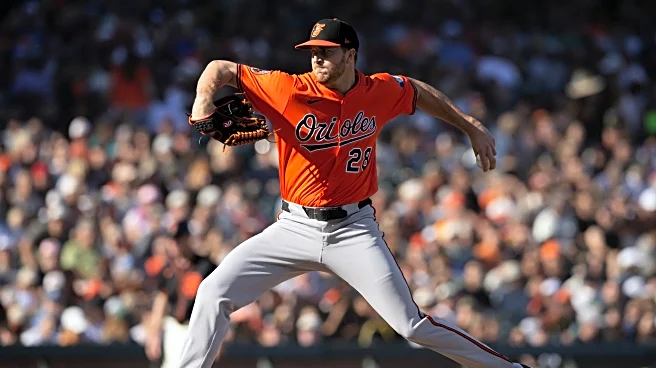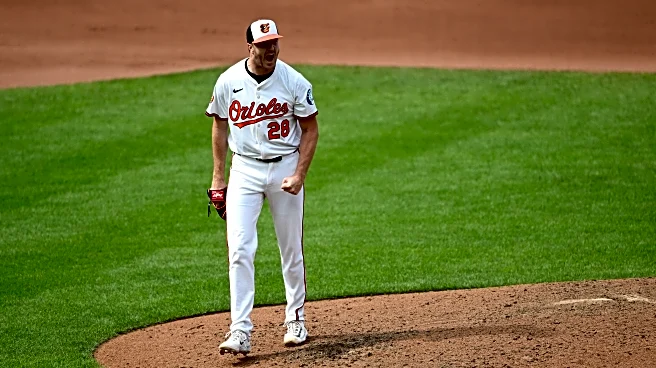
The second half of the 2025 Orioles’ season has been defined by two things: trade and promotions. When it comes to the latter, the headlines were dominated by the arrivals of Samuel Basallo and Dylan Beavers. And yet, no prospect has been more productive than Jeremiah Jackson.
After a 3rd inning single last night against the Padres, the 25-year-old is now riding a 12-game hit streak and he’s hitting .337 since his debut on August 1st. After a 5th inning HR yesterday, Jackson’s slugging percentage
is up to .520, higher than any of the Orioles’ regular starters. A big contributor to the power numbers he’s putting up is an impressive 50% hard-hit rate and 90.7mph average exit velocity.
Jackson came to the Orioles via the Ryan O’Hearn route: plucked off the waiver wire and given a second chance through the Orioles organization. The Angels took Jackson in the second round of the 2018 draft out of high school in Alabama. He reached as high as Double-A with the Angels before being traded to the Mets in 2023 for major league reliever Dominic Leone. He then became a minor league free agent at the end of the 2024 season before joining the Norfolk Tides three weeks later.
The utility man showed personally unprecedented levels of production for the Tides, slashing .377/.400/.673 while putting up 11 HRs, 26 XBHs and 9 SB in 45 games. As a draft prospect, Jackson projected as an above-average middle infield bat, the type who could produce 15 home runs per year and maybe 10-15 steals. The uptick in power he’s shown this year suggests he could be more of a 20-25 home run guy, an offensive profile that fits better in the hybrid corner outfield/3B role he’s played with the Orioles.
That versatility makes him not only a valuable piece on the Orioles’ current makeshift roster, but also as a potential successor to Jorge Mateo. When everyone’s healthy, the Orioles’ starting infield is a tough group to crack. Gunnar Henderson is one of the best players in the sport, Jordan Westburg has already shown All-Star-level ability and Jackson Holliday is a former No. 1 overall draft pick with the lofty expectations and talent to match his draft status.
The logjam in the infield is what made Mateo’s fit on the roster so tenuous, even before the elbow injury that’s cost him most of the last two seasons. When Mateo was at his most valuable, it was due to his defense and speed on the basepaths. However, with Henderson firmly entrenched, Mateo’s defensive upside is diminished. His career .268 on-base percentage means his elite speed hasn’t always been an asset he can put to use.
Under Brandon Hyde, the Orioles tried to find another role for Mateo as a part-time CF to complement his service as a backup infielder. The problem is that, so far, that’s proven to be a failed experiment. Mateo consistently takes bad routes, misses makeable catches and overall looks like a fish out of water in the outfield.
Jackson isn’t exactly a defensive wizard, whether it’s in the outfield or at 3B. In 164 defensive innings, Jackson already has three errors and has graded out as a mediocre defender overall. However, with the type of damage the Orioles’ rookie is doing offensively, his defensive versatility is valuable even if the defense is just average.
If Jackson can maintain a similar level of offensive output going forward, he represents an important evolution in this roster’s depth. Orioles teams during the past three years have carried players who were remnants of their time rebuilding. Players like Mateo and Ramón Urías brought elite skills—Mateo’s speed, Urías’ defense—but they were often holes in the lineup offensively.
Even the most optimistic members of Birdland probably don’t expect Jackson to hit over .330 and put up an OPS near .900. But the early returns suggest that, long term, he can provide Baltimore with the quality offensive depth they need to get back among the offensively elite teams.
And while the 25-year-0ld came up through the minor leagues as an infielder, he may be most valuable as an outfielder going forward. Baltimore came into the year with a starting outfield of Colton Cowser, Cedric Mullins and Tyler O’Neill. Five months later and Mullins is a Met while Cowser and O’Neill have only played 113 games combined due to a slew of injuries.
Jackson has certainly shown the arm strength and athleticism to stick in the corner outfield. As things stand, the Orioles’ best starting outfield is Dylan Beavers in LF, Cowser in CF and Jackson in RF. O’Neill getting healthy will certainly challenge that pecking order. However, given TO’N’s injury history, Jackson may be a safer bet for the O’s heading into 2026.
When this era of Orioles baseball was at its best, it was built on a foundation of homegrown talent and undervalued castoffs like O’Hearn. Jackson represents both types of players, and may also represent the type of player the O’s need to return the team to contention.
